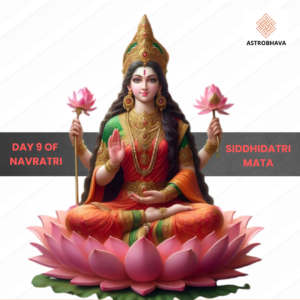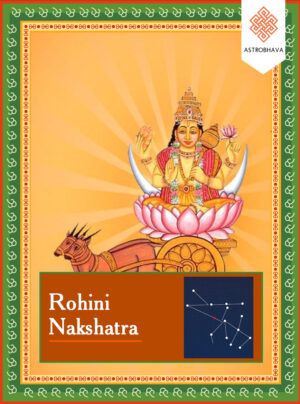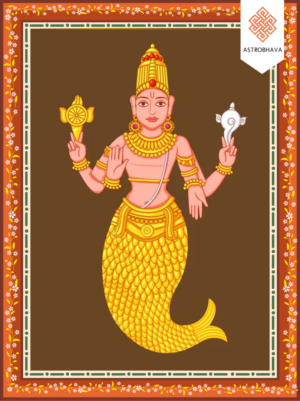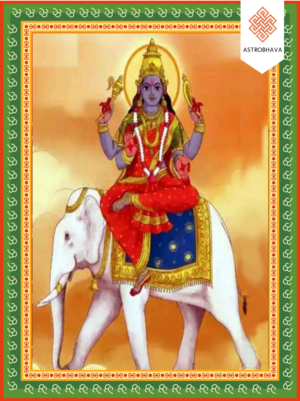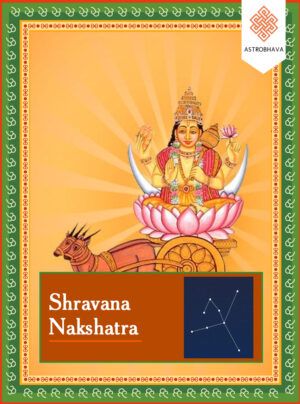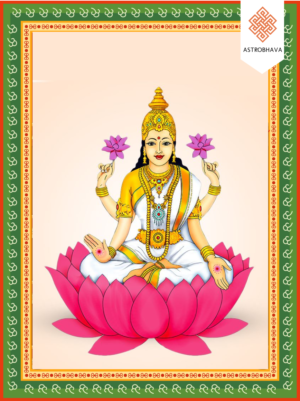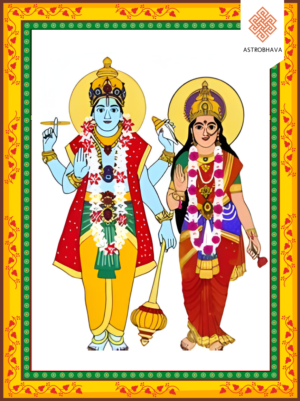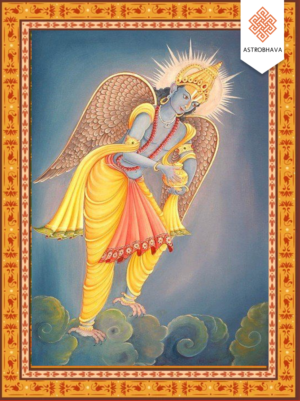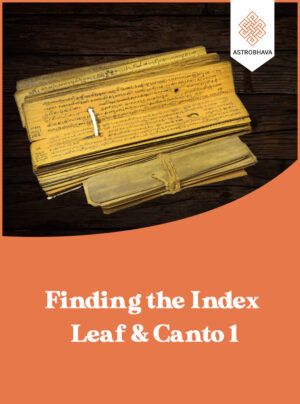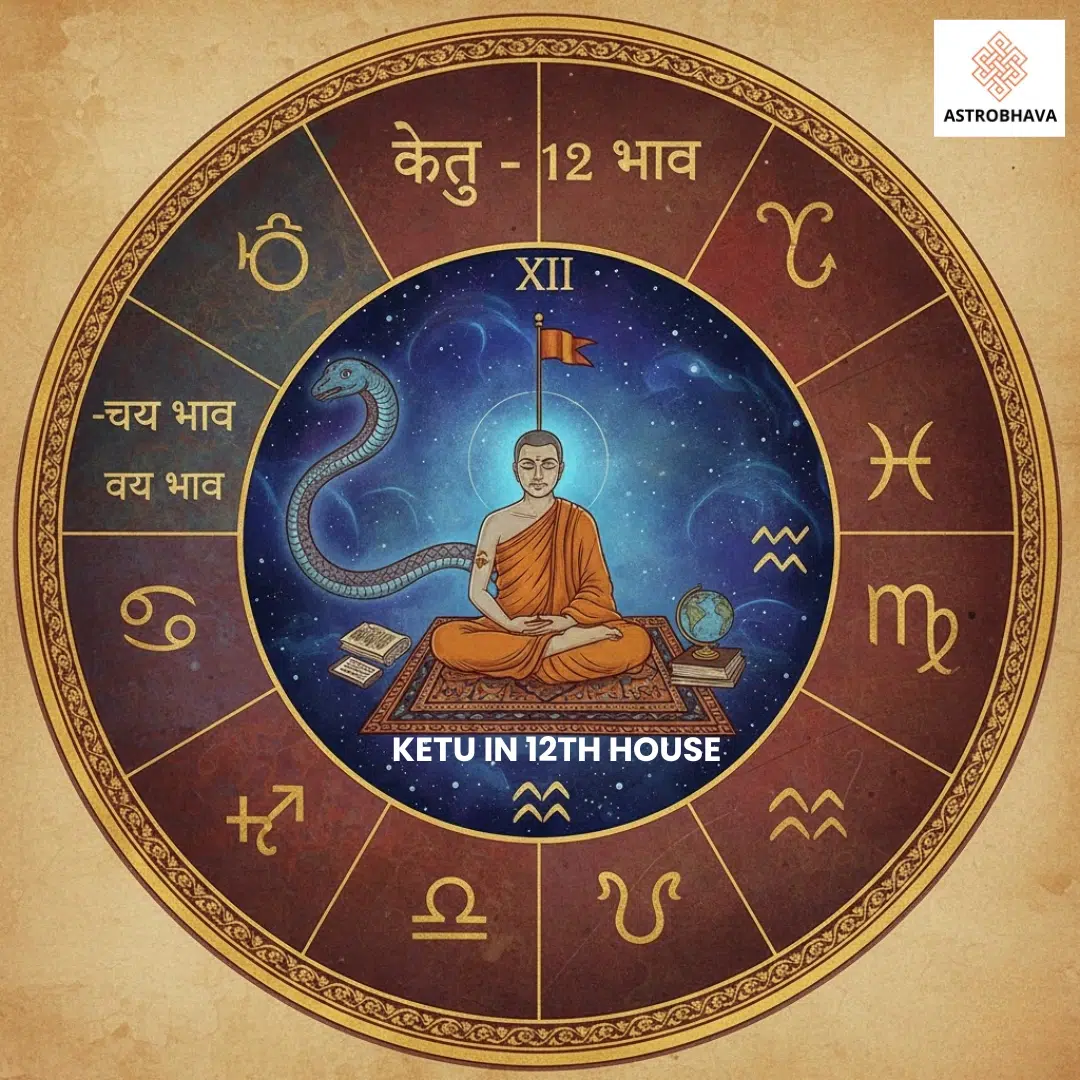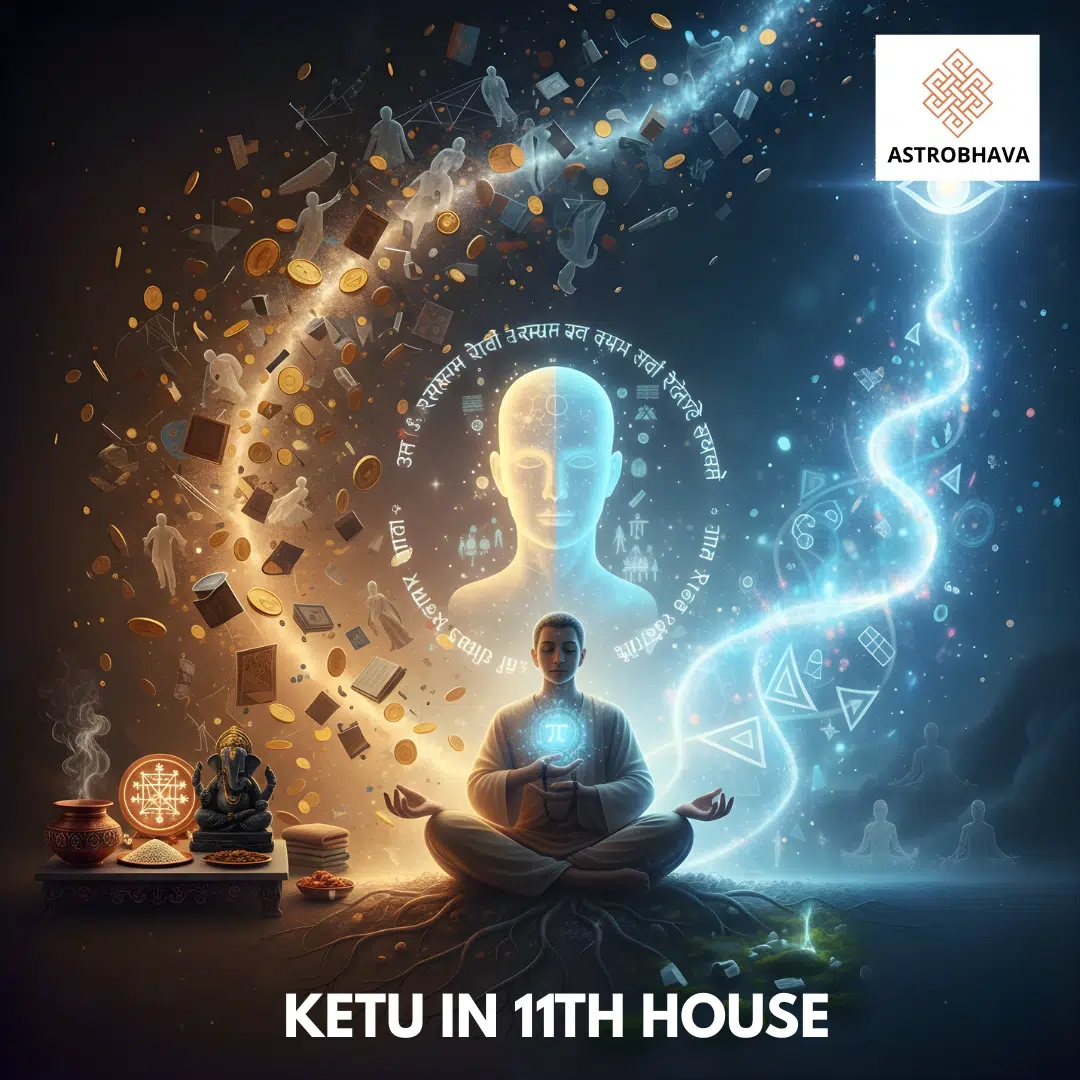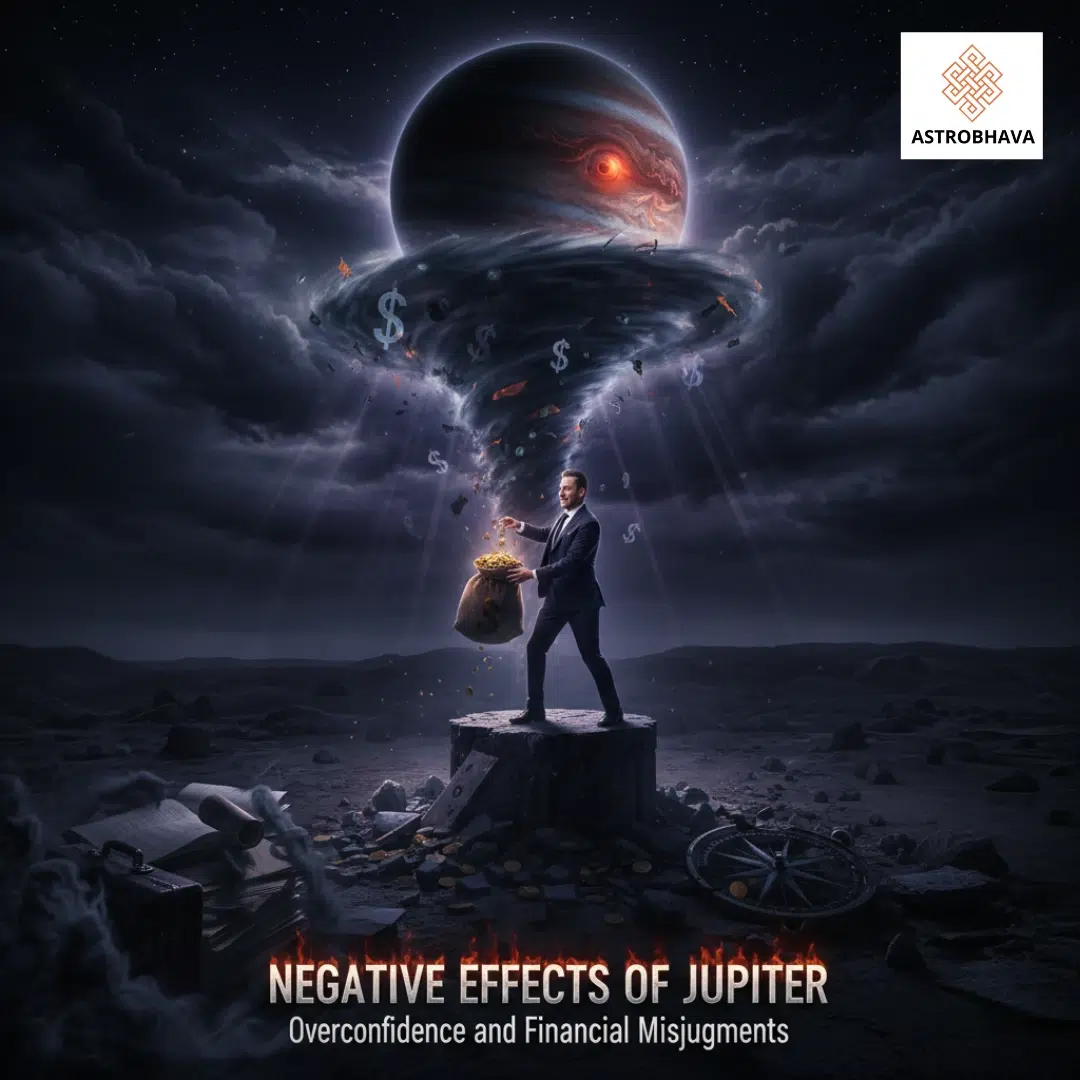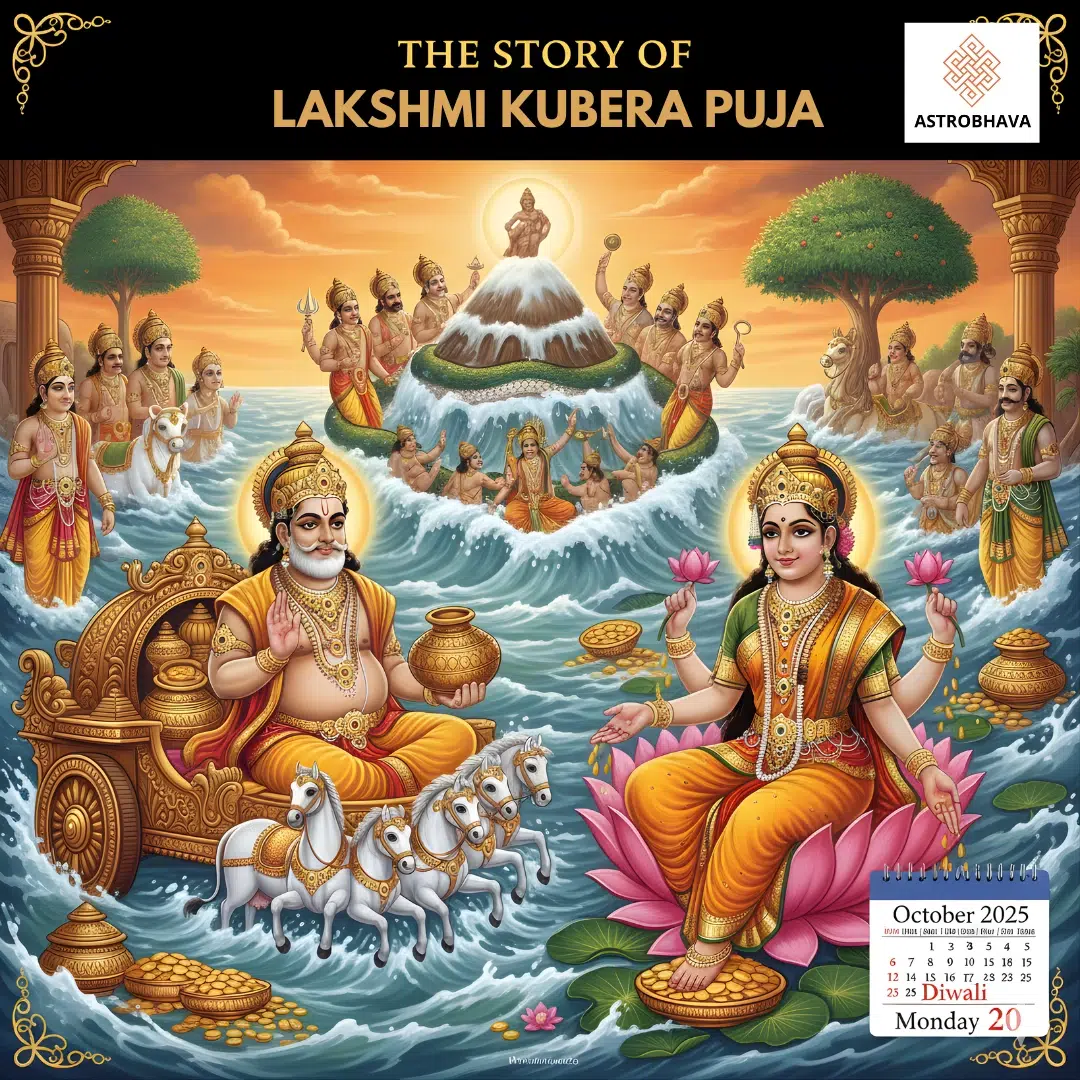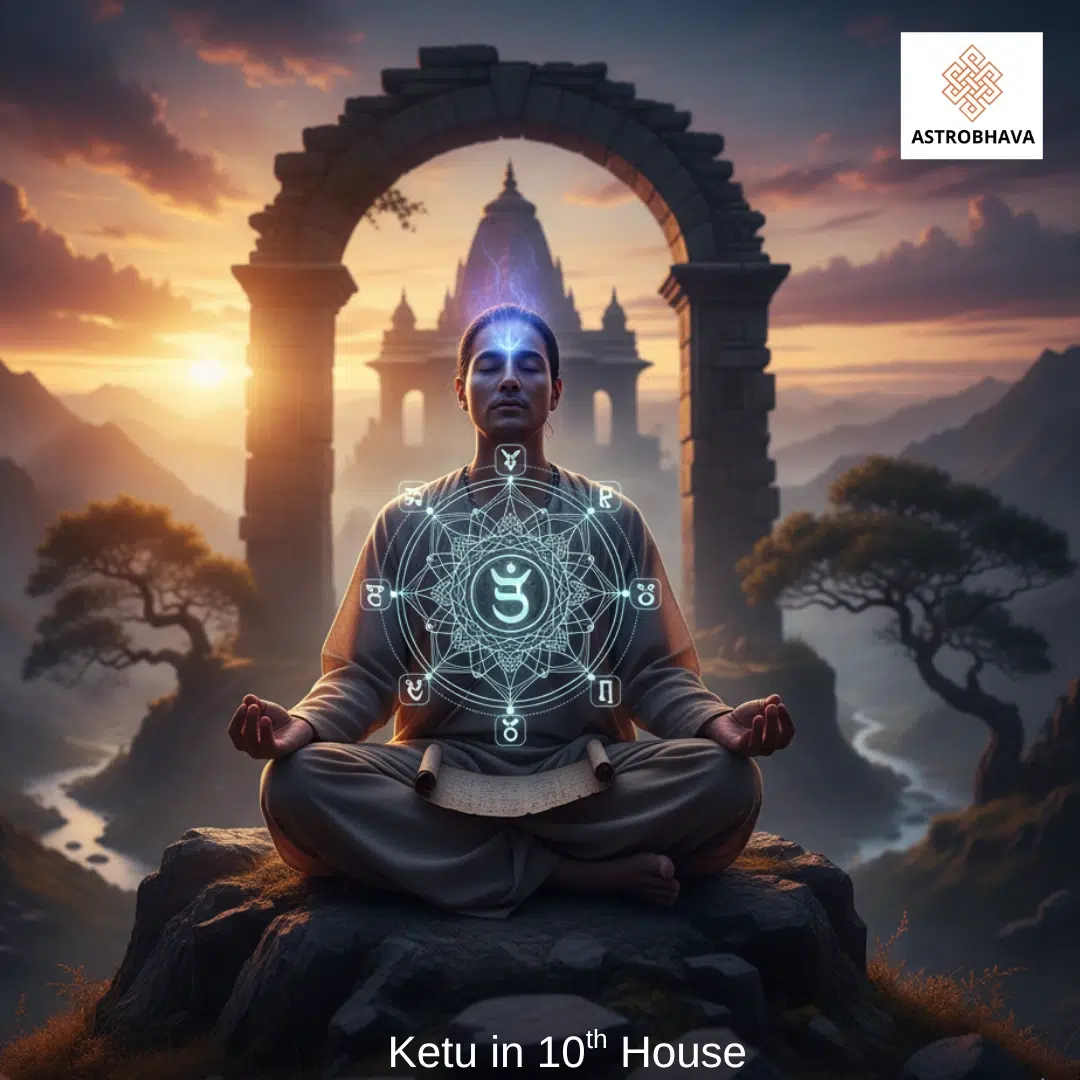Govardhan Puja 2025: Date, Timings, Significance & Vrat Katha
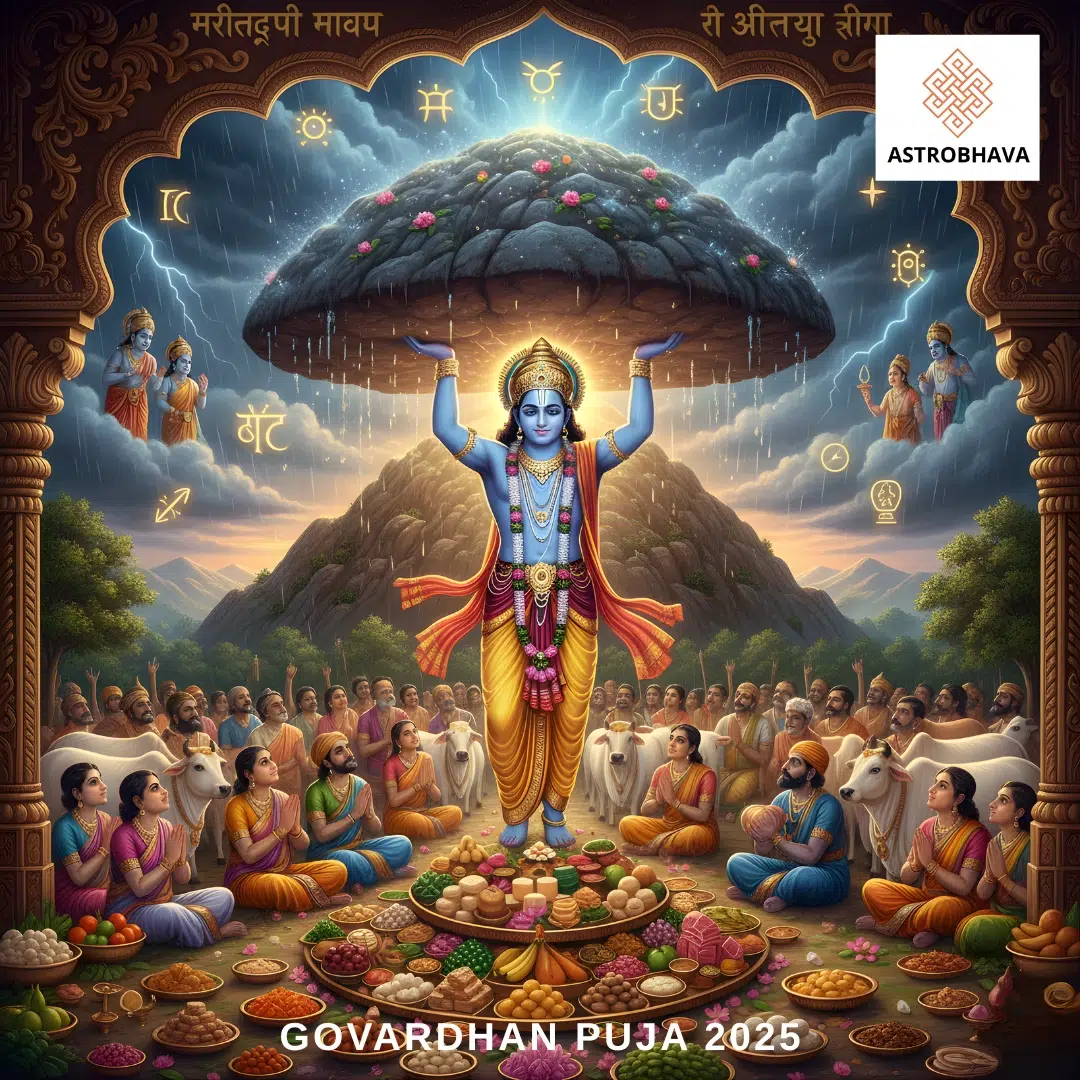
Introduction to Govardhan Puja 2025
Govardhan Puja 2025 is one of the most auspicious days of the Diwali festival, celebrated a day after Diwali, also known as Annakut Puja. On this sacred occasion, devotees worship Lord Krishna and Govardhan Hill, signifying gratitude toward nature and divine protection. The festival marks Lord Krishna’s victory over arrogance and His teaching about humility and faith in God.
The Govardhan Puja 2025 celebration varies by region but is deeply rooted in Hindu traditions, especially in states like Uttar Pradesh, Gujarat, and Rajasthan. This day also commemorates the Govardhan Puja Vrat Katha, which narrates how Lord Krishna lifted the Govardhan Hill to protect the people of Gokul from torrential rain caused by Lord Indra.
Govardhan Puja 2025 Date and Timings
The Govardhan Puja 2025 date will fall on Wednesday, October 22, 2025, the day following Diwali. Devotees perform puja and offer food to Lord Krishna, cows, and the sacred Govardhan hill made of cow dung or clay.
Govardhan Puja 2025 Timings
Govardhan Puja on Wednesday, October 22, 2025
Govardhan Puja Pratahkala Muhurat – 06:26 AM to 08:42 AM
Duration – 02 Hours 16 Mins
Dyuta Krida on Wednesday, October 22, 2025
Govardhan Puja Sayankala Muhurat – 03:29 PM to 05:44 PM
Duration – 02 Hours 16 Mins
Pratipada Tithi Begins – 05:54 PM on Oct 21, 2025
Pratipada Tithi Ends – 08:16 PM on Oct 22, 2025
(Note: Timings may vary based on your local time zone.)
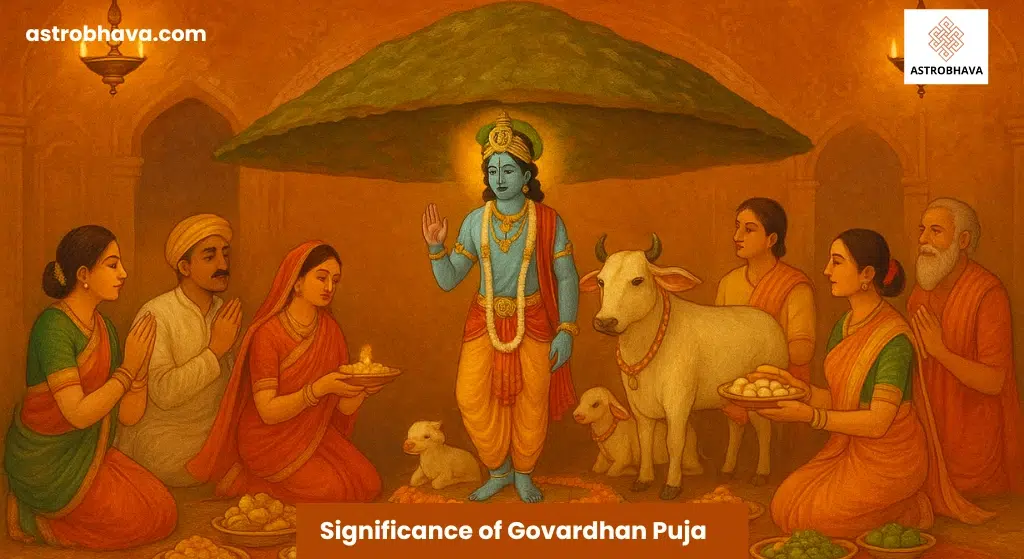 Significance of Govardhan Puja
Significance of Govardhan Puja
The significance of Govardhan Puja lies in its spiritual and ecological message. Lord Krishna urged people to worship Govardhan Hill and nature, rather than only seeking the favor of deities like Indra. He emphasized the importance of karma (duty) and gratitude towards nature, as it nourishes and sustains all life.
The Govardhan Puja 2025 festival teaches humility, service, and balance between human desires and natural harmony. On this day, devotees create Govardhan Parvat from cow dung or mud, decorate it with flowers, and perform Annakut — the offering of various vegetarian dishes to Lord Krishna.
Govardhan Puja Rituals 2025 (Step-by-Step Guide)
The rituals of Govardhan Puja 2025 are rooted in deep devotion and gratitude towards Lord Krishna and nature. The puja is observed with sincerity, following the auspicious Govardhan Puja 2025 timings, and involves symbolic acts of worship that connect the devotee to both divine and earthly energies. Below is a detailed step-by-step guide to performing the rituals at home or temple:
1. Morning Bath and Purification Rituals
The day of Govardhan Puja 2025 begins early in the morning during Brahma Muhurat (before sunrise). Devotees take a holy bath, symbolizing the cleansing of both body and mind. Traditionally, Ganga Jal (sacred river water) is sprinkled around the house and the puja space to purify the surroundings.
Women and men wear fresh, clean clothes — often yellow or white, symbolizing purity and devotion. Homes are thoroughly cleaned and decorated with rangoli, oil lamps (diyas), and flowers to invite auspicious energy. Many devotees also draw images of Govardhan Hill, Lord Krishna, and cows on their walls or floors using natural colors.
Also discover the wealth remedies that you need to perform this Diwali
2. Formation of the Govardhan Parvat (Sacred Hill)
The central ritual of Govardhan Puja 2025 is the creation of a miniature Govardhan Parvat. This symbolic mountain is made from cow dung, clay, or mud, representing the fertility and nurturing power of Mother Earth.
Once the Govardhan Hill is shaped, it is decorated beautifully with:
- Fresh flowers and leaves,
- Small clay figurines of cows, calves, peacocks, and Lord Krishna,
- Offerings of grains, pulses, and sweets,
- Tulsi leaves — considered sacred and essential for Krishna worship.
This symbolic Govardhan Parvat becomes the centerpiece of the puja, embodying the spirit of nature and divine protection.
Spiritual meaning: The act of forming Govardhan Hill signifies surrender to the Lord’s will and acknowledgment of the sacredness of the earth.
3. Annakut Offering (Feast of Gratitude)
The word Annakut literally means “mountain of food.” During Govardhan Puja 2025, devotees prepare a grand feast comprising a variety of vegetarian dishes. In temples, especially in Vrindavan, Mathura, and Dwarka, devotees offer Chappan Bhog—a set of 56 delicacies—to Lord Krishna.
Common offerings include:
- Sweet dishes like laddoo, halwa, kheer, and peda,
- Savory items such as poha, puri, khichdi, and dal,
- Fruits, grains, and cooked rice symbolizing abundance.
The food is first placed before the symbolic Govardhan Hill as a bhog (offering). Devotees then perform Govardhan Puja aarti and only afterward share the blessed food as prasadam among family and neighbors.
Spiritual meaning: The Annakut offering expresses deep gratitude to Lord Krishna for sustaining life and teaching humanity to live in harmony with nature.
4. Govardhan Puja and Aarti Rituals
Once the Annakut offerings are ready, devotees perform the main Govardhan Puja 2025 ceremony during the Pratahkala Muhurat as per the Govardhan Puja 2025 timings. The rituals include:
- Lighting the diya (lamp) and invoking Lord Krishna’s presence.
- Chanting of Govardhan Puja mantras and Krishna bhajans, such as:
“Govardhan Giridhari, Gopal Murari, Jai Jai Krishna Murari.” - Offering Tulsi leaves and performing Abhishekam (ritual bathing) of Lord Krishna with milk, honey, curd, and ghee.
- Reciting the Govardhan Puja Vrat Katha, narrating how Lord Krishna lifted Govardhan Hill to protect Gokul.
After the puja, devotees perform Govardhan Aarti and bow before the symbolic hill, seeking protection, prosperity, and divine grace.
Spiritual meaning: Performing the aarti symbolizes removing darkness (ignorance) and embracing the divine light of knowledge and faith.
5. Parikrama (Circumambulation Around Govardhan Hill)
The final and highly revered ritual of Govardhan Puja 2025 is the Parikrama, or circumambulation of the Govardhan Hill. Devotees walk around the symbolic hill (or the actual Govardhan Hill in Mathura) while chanting “Govardhan Giriraj Maharaj ki Jai”.
In temples or homes, people circle the small replica of Govardhan Hill seven times, offering flowers, sweets, and prayers at each round. In Vrindavan and Mathura, thousands of devotees perform the full Govardhan Parikrama, which covers approximately 21 kilometers, barefoot, as an act of devotion and surrender.
Spiritual meaning: The Parikrama signifies the devotee’s complete surrender to the Lord and a symbolic journey from ignorance to enlightenment under divine protection.
6. Evening Aarti and Community Festivities
In many regions, a second Govardhan Aarti is performed in the evening. Temples such as ISKCON, Dwarkadhish Temple, and Banke Bihari Temple are illuminated with lamps, and devotees sing Krishna bhajans throughout the night.
Communities come together to share Annakut Prasad, organize Bhajan Sandhyas (devotional music gatherings), and enact scenes from the Govardhan Puja Vrat Katha. This creates an atmosphere of unity, devotion, and joy — embodying Krishna’s message of compassion and collective worship.
Connect with AstroBhava today and experience spiritual transformation in 2025.
Govardhan Puja Vrat Katha
The Govardhan Puja Vrat Katha holds immense significance in Hindu tradition as it conveys deep spiritual, moral, and ecological lessons through the divine actions of Lord Krishna. This sacred story is described in the Skanda Purana and other ancient scriptures, symbolizing the eternal relationship between humankind, nature, and divinity.
The Origin of Govardhan Puja
In the ancient town of Gokul, people were simple cowherds who lived in harmony with nature. They depended on rainfall for their livelihood, agriculture, and the well-being of their cattle. To ensure timely rains and prosperity, the villagers performed annual rituals in honor of Lord Indra, the God of Rain.
However, young Lord Krishna, observing this practice, questioned the villagers. He asked, “Why worship Indra when it is Govardhan Hill, the forests, and the cows that truly sustain your lives?” He explained that Govardhan Hill provided fertile soil, lush grass for the cows, and pure water for sustenance. Hence, it was the mountain and the natural elements that deserved their gratitude, not prideful deities.
The Anger of Lord Indra
The people of Gokul, inspired by Krishna’s wisdom, agreed and decided to worship Govardhan Hill instead of performing the annual Indra Yajna. When Lord Indra came to know of this, he was enraged. His ego wounded, he decided to punish the people of Gokul for their defiance.
He summoned dark clouds and ordered them to pour incessant rain upon Gokul. What followed was a relentless storm — lightning flashed, thunder roared, and torrents of rain began to flood the land. The villagers, terrified, ran to Krishna for protection.
Lord Krishna Lifts Govardhan Hill
In His divine compassion, Lord Krishna assured them not to fear. He said, “Do not be afraid. I shall protect you.” With a gentle smile, the young Krishna lifted the entire Govardhan Hill on the little finger of His left hand, as easily as one would lift a toy.
The people of Gokul, along with their cows and belongings, took shelter beneath the hill. For seven continuous days and nights, Krishna held the hill aloft, providing refuge to all beings. During this time, the villagers offered prayers, sang hymns, and marveled at the divine power of their beloved Krishna.
The Realization of Lord Indra
Eventually, Lord Indra realized that Krishna was not an ordinary child but the Supreme Divine (Vishnu Himself) who had descended to protect dharma. Humbled and filled with remorse, Indra descended from the heavens and bowed before Krishna.
He offered his apologies and praised Krishna’s compassion and power. Indra then stopped the rains and declared that henceforth, this day would be celebrated as Govardhan Puja, honoring the divine balance between humanity and nature.
Spiritual Meaning of the Govardhan Puja Vrat Katha
The Govardhan Puja Vrat Katha teaches profound lessons:
- Faith Over Fear: True devotion lies in unwavering faith in the Divine, not in fear of authority.
- Humility Over Pride: Even gods must surrender their ego before the Supreme Consciousness.
- Respect for Nature: The story reminds us that our sustenance comes from the Earth — the mountains, rivers, and flora that nurture life.
- Service and Gratitude: The act of worshipping Govardhan Hill symbolizes offering gratitude to nature and serving all living beings.
Modern Relevance of Govardhan Puja Vrat Katha
In today’s world, the Govardhan Puja 2025 celebration holds even greater significance. It reminds us to live sustainably, respect natural resources, and maintain balance with the environment. Just as Krishna taught the people of Gokul, we too must honor the divine presence in nature — protecting the Earth as our Govardhan.
Performing Govardhan Puja 2025 with devotion, chanting Krishna mantras, and offering food (Annakut) to the Lord invokes blessings of protection, abundance, and harmony in one’s life.
Annakut Celebration during Govardhan Puja 2025
The Annakut or “mountain of food” offering is the highlight of Govardhan Puja 2025. Devotees prepare over 56 or 108 food items—known as Chappan Bhog—and offer them to Lord Krishna. Temples like Dwarkadhish Temple (Dwarka), ISKCON Temples, and Banke Bihari Temple (Vrindavan) witness grand Annakut celebrations on this day.
Offering food represents the abundance of nature and our gratitude towards divine sustenance.
Spiritual and Astrological Importance
From an astrological viewpoint, Govardhan Puja 2025 occurs on Pratipada Tithi of the Shukla Paksha in the Hindu month of Kartik. Performing Govardhan Puja remedies negative planetary influences and brings prosperity, protection, and harmony.
It is believed that worshipping Lord Krishna and Govardhan Hill on this day can remove obstacles and balance planetary doshas, especially those caused by Jupiter and Saturn.
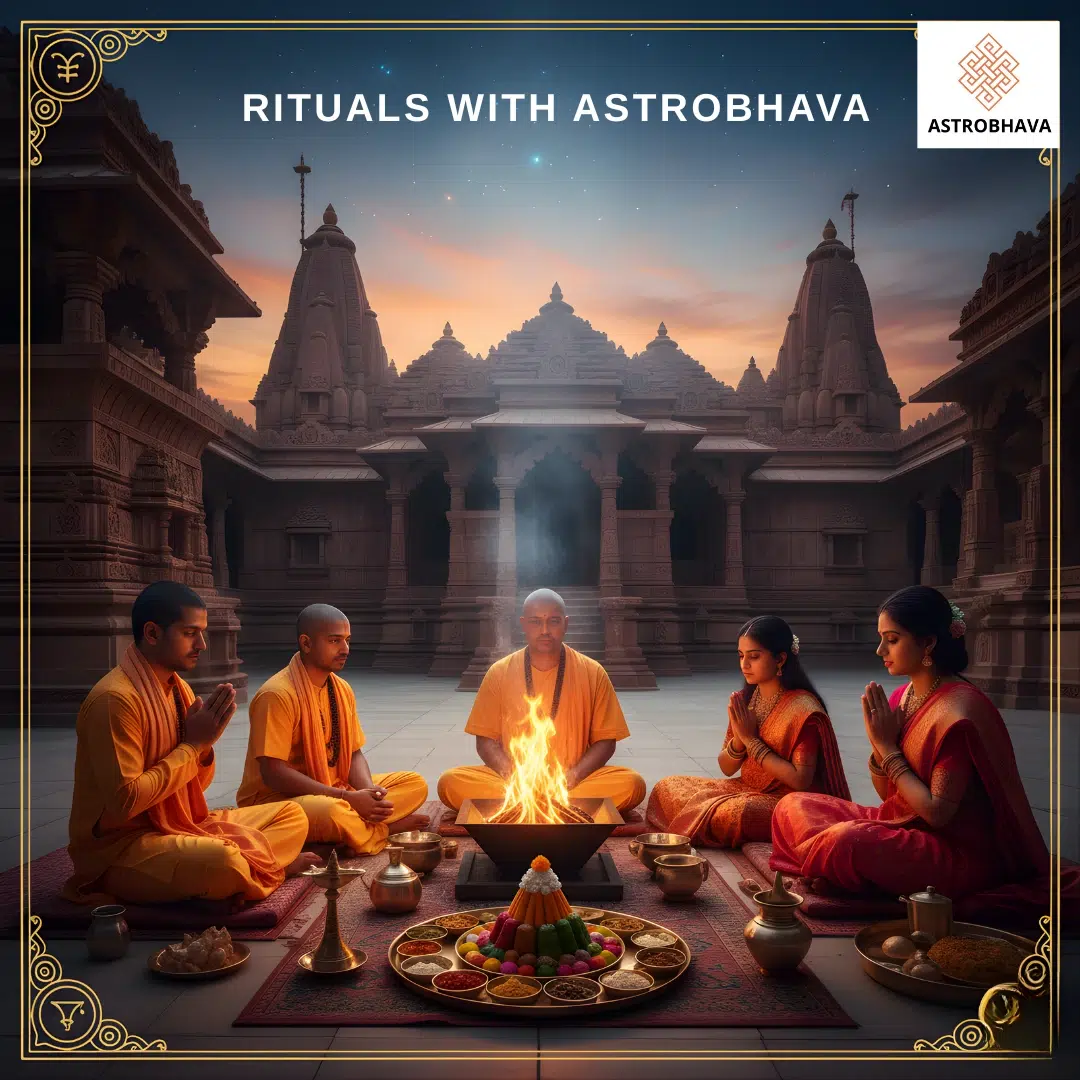 Govardhan Puja 2025 Remedies and Rituals from AstroBhava
Govardhan Puja 2025 Remedies and Rituals from AstroBhava
If you wish to strengthen your spiritual connection and remove karmic obstacles this Govardhan Puja 2025, AstroBhava offers powerful Vedic rituals:
- Govardhan Puja Special Homa – For divine protection and prosperity
- Shri Krishna Puja – To receive blessings of devotion and peace
- Dhana Lakshmi Homa – For wealth and financial stability
- Navagraha Shanti Puja – To balance planetary influences
You can book these pujas online at astrobhava for personalized rituals conducted by expert priests.
Conclusion
Govardhan Puja 2025 is not just a festival but a divine reminder of our duty to protect and honor nature. By worshipping Govardhan Hill and Lord Krishna, we express gratitude for life’s abundance and divine grace. Whether through traditional rituals, Annakut offerings, or Vedic pujas from AstroBhava, this festival reconnects us with faith, humility, and sustainability.
Celebrate Govardhan Puja 2025 with devotion, reverence, and spiritual awareness.
FAQs on Govardhan Puja 2025
Q1. When is Govardhan Puja 2025 celebrated?
Govardhan Puja 2025 will be celebrated on October 22, 2025, the day after Diwali.
Q2. What is the significance of Govardhan Puja?
It marks Lord Krishna’s teaching that nature should be worshipped and respected for sustaining life. It symbolizes protection, gratitude, and humility.
Q3. What are the Govardhan Puja 2025 timings?
The Pratahkala Muhurat for Govardhan Puja 2025 is from 06:26 AM to 08:42 AM, lasting for about 2 hours.
Q4. What is the Govardhan Puja Vrat Katha?
The Vrat Katha narrates how Lord Krishna lifted Govardhan Hill to protect Gokul from Indra’s wrath, signifying divine protection and devotion.
Q5. How can I perform Govardhan Puja at home?
Create a symbolic Govardhan Hill, offer food (Annakut), chant Krishna mantras, and read the Govardhan Puja Katha with full devotion.
Q6. Can I book special Govardhan Puja online?
Yes, you can book Govardhan Puja 2025 rituals and Homas at astrobhava.com for authentic Vedic ceremonies.
Categories
- Astrological Remedies
- Astrology Guides
- Astrology Remedies for Wellness
- Career Astrology & Personal Growth
- Cosmology
- Dasha
- Festivals & Vedic Rituals
- Homa and Fire Rituals (Yagna)
- Japa
- Mantra
- nadi astrology
- nakshatras
- numerology
- Pilgrimage
- planets houses
- Progency
- Puja & Rituals
- Relationships
- rudra puja
- Rudraksha and gemstone
- Spiritual Astrology
- Spiritual Practices and Chanting
- Spiritual Rituals and Personal Empowerment
- Spiritual Tools & Personal Growth
- Spiritual Wellness and Protection
- Spirituality and Rituals
- Spirituality or Vedic Rituals
- Vastu Tips
- Vedic Astrology
- yantras
- Zodiac Signs
Top rated product
- Quick View
- Add to WishlistAdd to Wishlist
- Select options This product has multiple variants. The options may be chosen on the product page
- Quick View
- Add to WishlistAdd to Wishlist
- Select options This product has multiple variants. The options may be chosen on the product page
- Quick View
- Add to WishlistAdd to Wishlist
- Select options This product has multiple variants. The options may be chosen on the product page
- Quick View
- Add to WishlistAdd to Wishlist
- Select options This product has multiple variants. The options may be chosen on the product page
- Quick View
- Add to WishlistAdd to Wishlist
- Select options This product has multiple variants. The options may be chosen on the product page
- Quick View
- Add to WishlistAdd to Wishlist
- Select options This product has multiple variants. The options may be chosen on the product page
- Quick View
- Add to WishlistAdd to Wishlist
- Select options This product has multiple variants. The options may be chosen on the product page
- Quick View
- Add to WishlistAdd to Wishlist
- Add to cart




